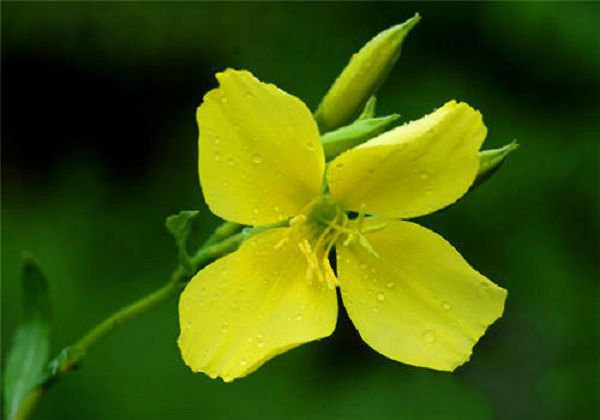There are "three views" in flower fertilization.
First, it depends on the season.
Winter temperature is low, plant growth is slow, most flowers are in a state of stagnant growth, generally do not apply fertilizer; spring and autumn is the peak period of flower growth, root, stem, leaf growth, flower bud differentiation, young fruit expansion, all need more fertilizer, so it is necessary to apply more fertilizer; summer temperature is high, water evaporation is fast, it is also the peak period of flower plant growth, so the concentration of topdressing fertilizer should be smaller, but the number of times can be more.
Second, it depends on the variety.
Different varieties of flowers have different requirements for fertilizer, so different fertilizers should be applied. For example, flowers such as sweet-scented osmanthus and camellia like pig dung rather than human dung and urine; southern flowers such as rhododendron, camellia and gardenia avoid alkaline fertilizers; flowers that need to be re-cut every year need to increase the proportion of phosphorus and potassium fertilizer to facilitate the germination of new branches; flowers that are mainly foliage can pay more attention to nitrogen fertilizer; flowers that watch fruits should properly control their water supply during flowering; bulb flowers should apply more potash fertilizer to enrich their bulbs.
The third is to look at the growth.
Especially for potted flowers, it depends on the growth. Adhere to the principle of "four more, four little, four no": four more is: flowers apply more when they are yellow and thin, before germination, when pregnant buds, and after flowering; they are: less when they are strong, less when they sprout, less when they bloom, and less during the rainy season; that is, they are not applied for a long time, when they are newly planted, when they are in summer, or when they are dormant.
Related
- What if the leaves of potted flowers turn yellow?
- Florescence Control of several Flowers
- Anti-freezing technology and post-freezing nursing technology of flowers
- What is the classification of flowers? What are the common methods of flower classification?
- Prevention and control of alkali and acid damage of flowers in courtyard
- Technology of Anti-freezing and restoring growth of Flower seedlings in greenhouse and greenhouse
- How does flower fertilization not hurt the root? Fertilization technology of flowers
- Key points of disinfection in flower greenhouse
- Several pesticides that are banned or used cautiously in flowers
- How to fertilize the flowers that watch the leaves?



